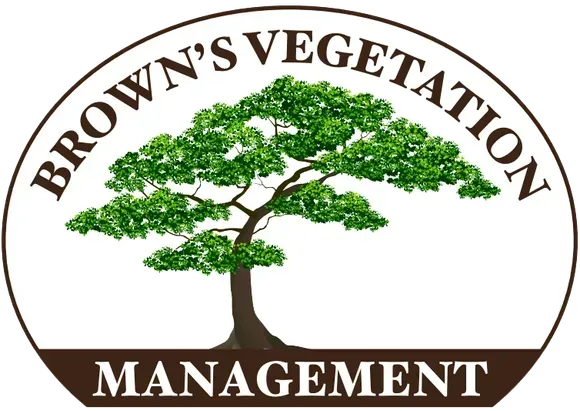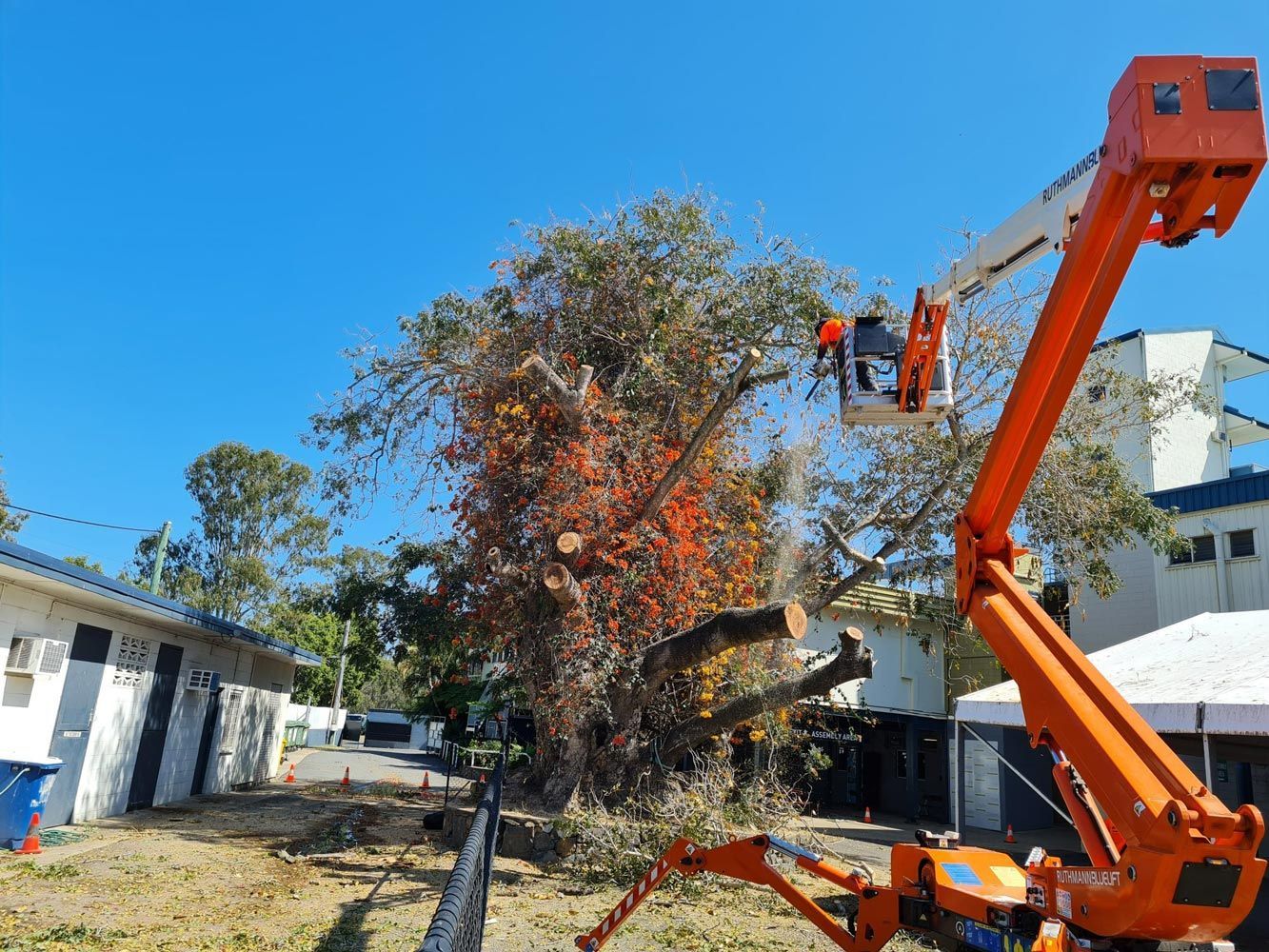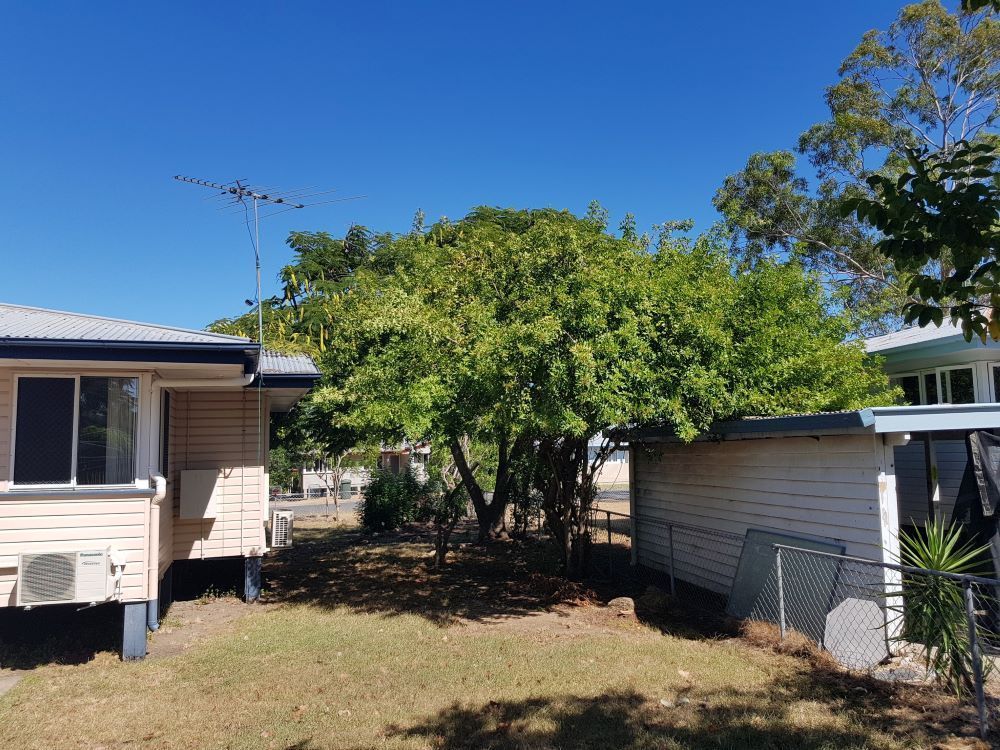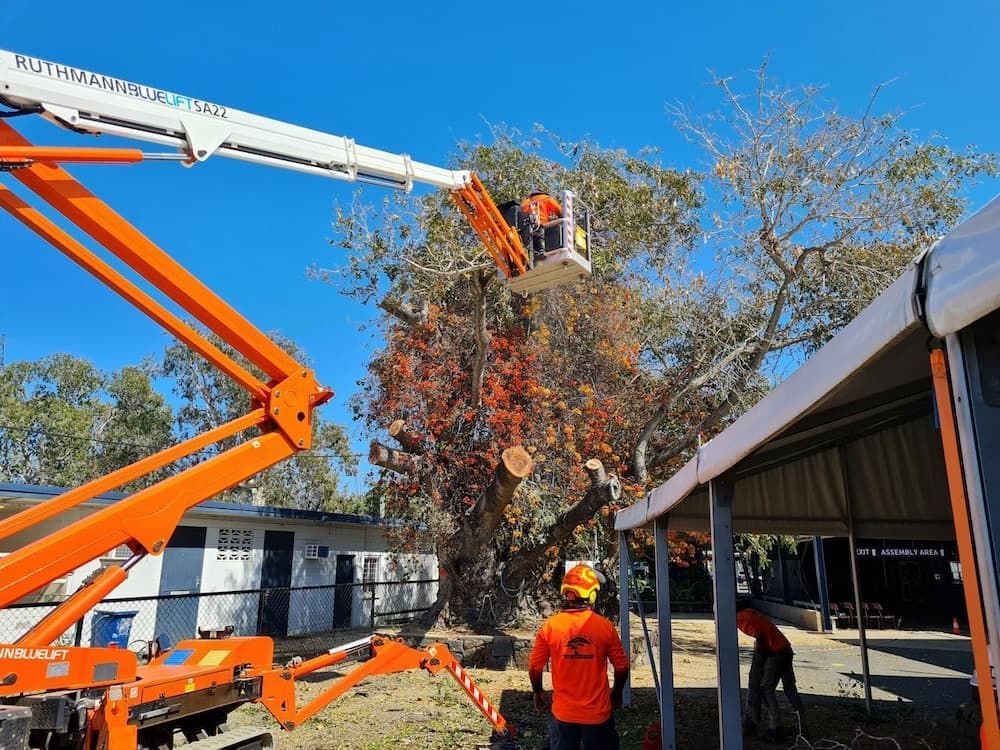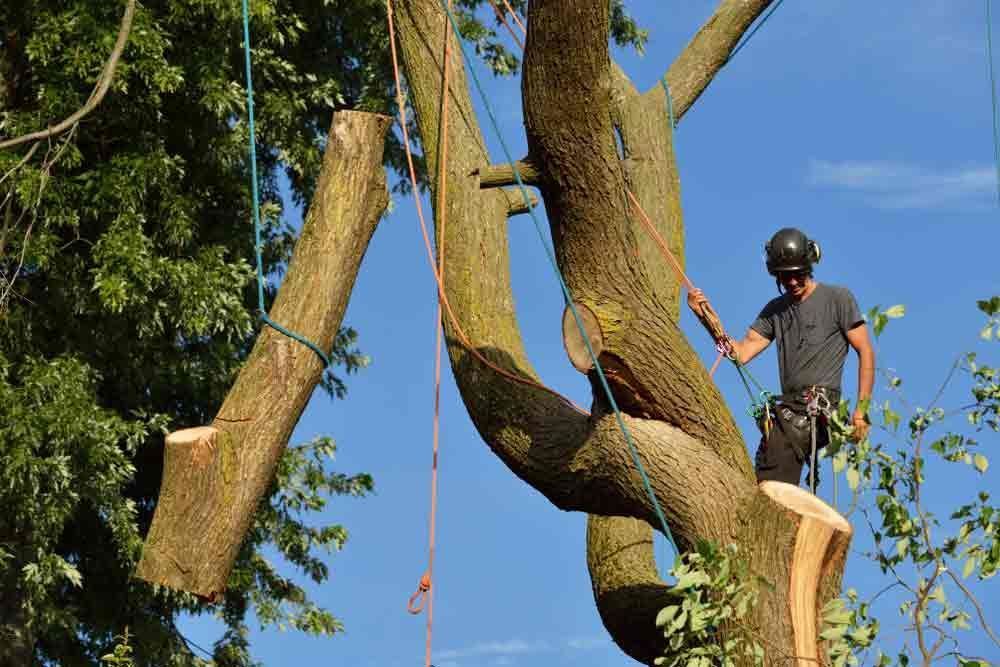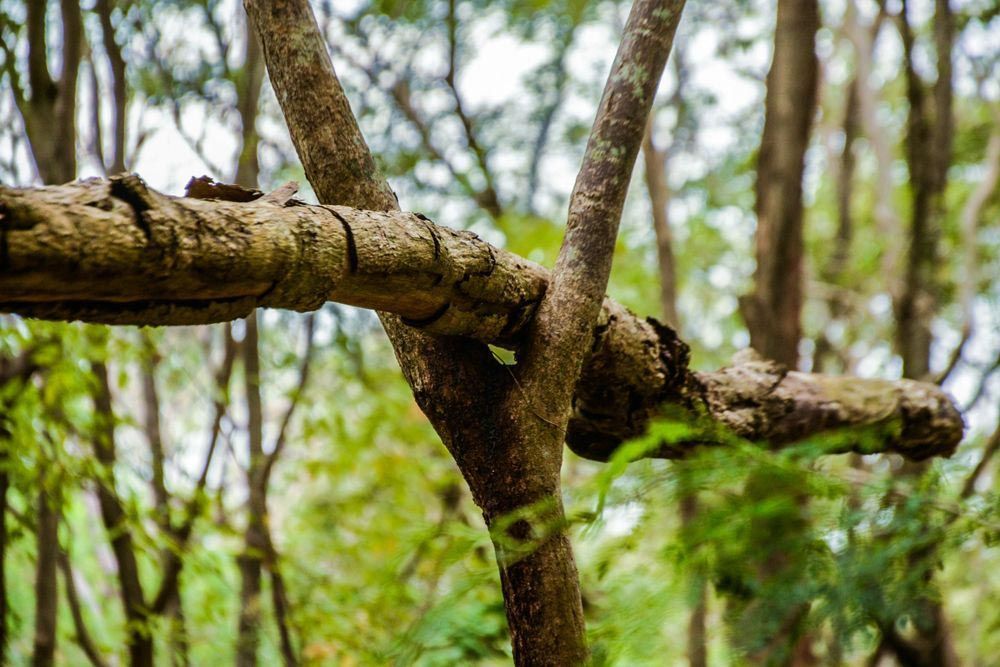When Trees Talk: Recognising Signs Your Tree Needs A Trim
Trees are more than just a part of our landscape; they're living entities that communicate their needs in subtle ways. Understanding these signals can help you maintain the health of your trees and your safety. In this blog, we’ll explore the signs that indicate your trees need a trim.
What Are Your Trees Trying To Tell You?
Trees, like all living things, require care and attention. But how do you know when it's time for a trim? Let’s find out:
- Branches Hanging Loose: If you notice branches that are loose or hanging, it's a clear sign that your tree needs attention.
- Uneven Growth: A tree growing more on one side than the other can indicate a need for trimming.
- Unkempt Appearance: An untidy appearance is a visual cue that your tree could benefit from a trim.
- Growth Concentrated at the Top: When growth is only at the uppermost part of the tree, it might be time for a trim.
- Signs of Insect Infestation or Disease: Insect infestations or diseases can lead to dead wood, signalling the need for trimming.
Dealing With Overgrown Trees: How Trimming Can Solve Common Issues
Overgrown trees can pose various problems, but timely trimming can effectively address these issues.
Reducing The Risk Of Property Damage
Trimming overgrown branches prevents potential damage to buildings and power lines.
Enhancing Visibility And Light Penetration
Removing excess foliage can improve visibility and increase sunlight in your garden or home.
Preventing Tree Diseases
Regular trimming helps in the early detection and prevention of tree diseases.
Improving Tree Structure And Stability
Proper trimming techniques ensure the tree grows strong and maintains a balanced structure.
Understanding The Tree Trimming Process: A Professional Approach
Tree trimming is more than just cutting branches; it's a delicate process that requires knowledge, skill and the right tools. Arborists approach tree trimming with a focus on the tree's health, safety and aesthetic value. First, they evaluate the tree's overall health, looking for signs of disease, decay or pest infestation. Next, they determine which branches need trimming to improve the tree's structure and appearance. Using appropriate tools, arborists ensure clean cuts that promote healing and prevent damage. Safety for both the tree and the surrounding area is prioritised during the trimming process.
Debunking Misconceptions: When Trimming Is Necessary And When It's Not
It's a common misconception that trees can always self-manage. However, without proper trimming, trees can develop structural issues, become unsightly or even pose safety risks. On the other hand, over-trimming can harm the trees' health, leaving them vulnerable to pests and environmental stressors. A balanced approach is important. It involves understanding that while trimming is essential for maintaining tree health and aesthetics, it must be done thoughtfully, respecting the tree's natural growth patterns and health needs.
Is Your Tree Calling For Help? We're Here To Listen!
Recognising the signs that your tree needs a trim is important for its health and your safety. If you're unsure about the condition of your trees or need professional help, reach out to our arborists at Brown's Vegetation Management. We understand the unique challenges of maintaining trees in our local environment and are here to help ensure they remain a beautiful and safe part of your landscape.
